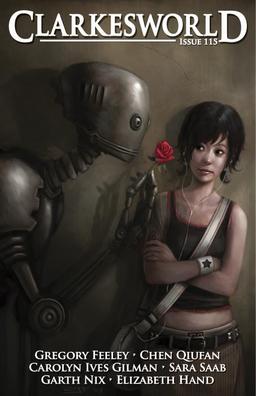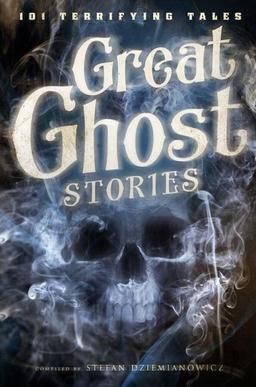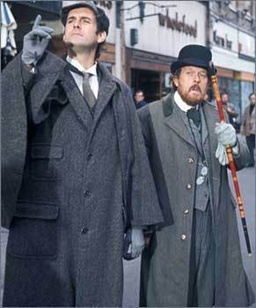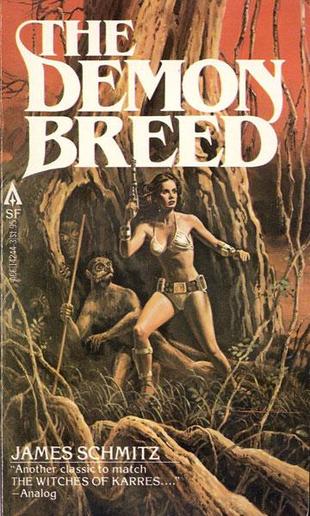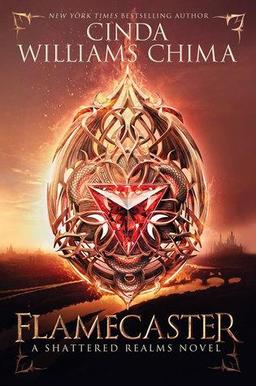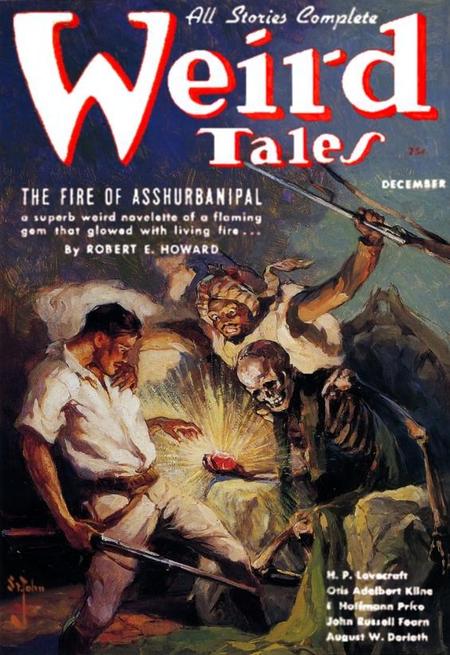March Short Story Roundup
 March has come and gone and now it’s time for the short story roundup. It was a nice month for short swords & sorcery storytelling. Not a spectacular month, but a nice one.
March has come and gone and now it’s time for the short story roundup. It was a nice month for short swords & sorcery storytelling. Not a spectacular month, but a nice one.
I’ll start with Curtis Ellet’s Swords and Sorcery Magazine, Issue #50. Now in its fifth year, SSM, like most low-paying publications, is a hit-or-miss proposition for readers. Both of #50’s stories are hits.
“The Altar of the Toad” by Davide Mana is a simple and solid story with just enough characterization, world building, and action to serve as a perfect example of the minimum of what I want from the genre. I don’t need every S&S story to be a staggeringly brilliant literary achievement, only for it to take me away from the blacktop and the sounds of honking horns for a little while.
Aculeo, an ex-legionary, and Amunet, an Egyptian sorceress, make a tremendous mistake when they respond to a plea for help from a blind woman:
“I prayed for delivery,” she said, her head tilted to one side. A strand of stringy hair had come loose from her coif, and brushed her wrinkled cheek as she spoke. “I prayed for warriors, to deliver my daughter from the mouth of the Toad.”
In this genre that sort of request is bound to bring trouble. It does, and with more than a hint of Lovecraft Mythos terrors. Even though there are plenty of intimations that “Altar” is part of a larger narrative, it stands perfectly well on its own, something I prize highly. Mana has self-published several other stories of Aculeo and Amunet and I am very curious how they stack up against this one.

